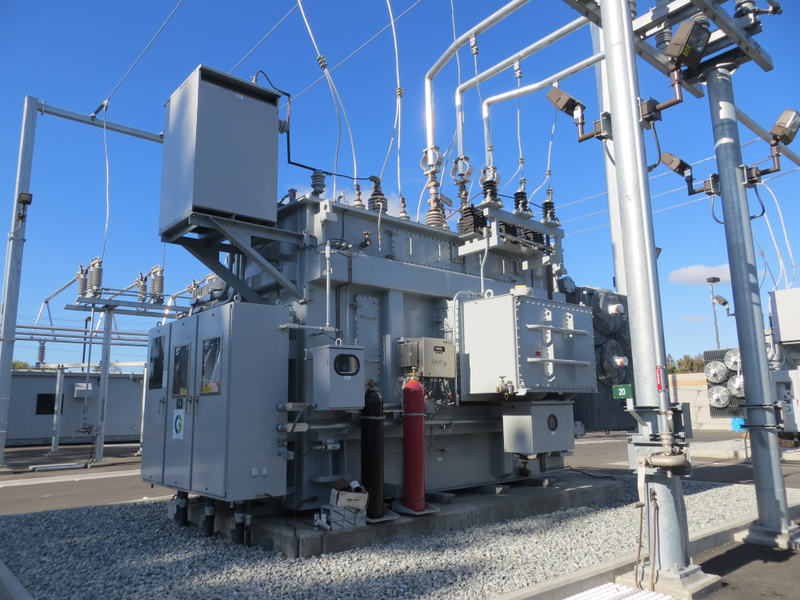This attack was not the first (or last) of its kind, with reports of gunfire attacks on electrical infrastructure dating back to 2013 in communities from coast-to-coast, and many other potential attacks thwarted by law enforcement before they could be realized. This may seem surprising, but extremist groups have frequently issued instructions and advice to their adherents on how to cripple our nation’s critical infrastructure as “a means to create chaos and advance ideological goals.” This prompted the Department of Homeland Security to issue a National Terrorism Advisory in February, 2022 warning of the heightened threat environment.

Critical Infrastructure
An electrical substation is just one example of critical infrastructure. Across the nation, there are hundreds-of-thousands of remote, unmanned sites that house the powerful equipment required to transport electricity, water, gas, oil, and data.
Most large infrastructure equipment is customized, and built to very exacting standards of quality, safety and reliability. Thanks to this attention to quality, the typical service life of these assets can be up to 40 years. Due to their longevity and component requirements, most are only built on order and emergency replacements are not normally available.
While disabling critical equipment is presumably the goal of the attackers, it is not always the case that a single bullet would cause enough damage to require replacement of entire systems. In many cases, damage is limited to components that can be replaced, restoring the unit to service relatively quickly. However, it is critical that the unit be shut down as quickly as possible so it can be assessed before it sustains permanent damage. For example, damage to a cooling system can lead to oil draining out of the system, causing overheating or arcing that can quickly lead to the total loss of the equipment.

Gunshot Detection
With critical equipment being so important, expensive, and difficult to replace, protective measures are both necessary, wise, and often required by law. For example, electrical substation owners are also required to develop and implement physical security measures by the NERC CIP-014 reliability standard (requirement R5). However, utility infrastructure is very often located in unmanned, remote locations, and it is not possible to provide physical security at each one.
A gunshot detection system, such as the Acoem ATD-300, monitors an area for acoustic signals of a gunshot and provides an immediate alert. The station operators can then shut down any critical equipment, or monitor for secondary signs of damage and imminent failure, such as oil pressure, liquid levels, or temperature.
In addition, the ATD-300 signals a camera to immediately move to the source of the gunshot and capture video, providing law enforcement with evidence that can assist in the identification of the attacker and provide more information on the nature of the threat.
The architecture of the ATD-300 makes it uniquely well-suited for monitoring infrastructure. A single sensor provides a 500 ft radius of coverage, allowing many sites to be covered entirely by only 2-3 sensors. The edge processing capability of the sensor ensures its ability to comply with the strict data security protocols of utility industries.
Thanks to its best-in-class, military-proven acoustic detection capability, its compatibility with existing camera infrastructure, single sensor deployment, and edge processing, ATD-300 has been chosen by one of the nation’s largest energy utility companies to monitor hundreds of facilities and its most critical equipment. Acoem is extremely proud to provide this best-in-class technology for the protection of America’s infrastructure.






